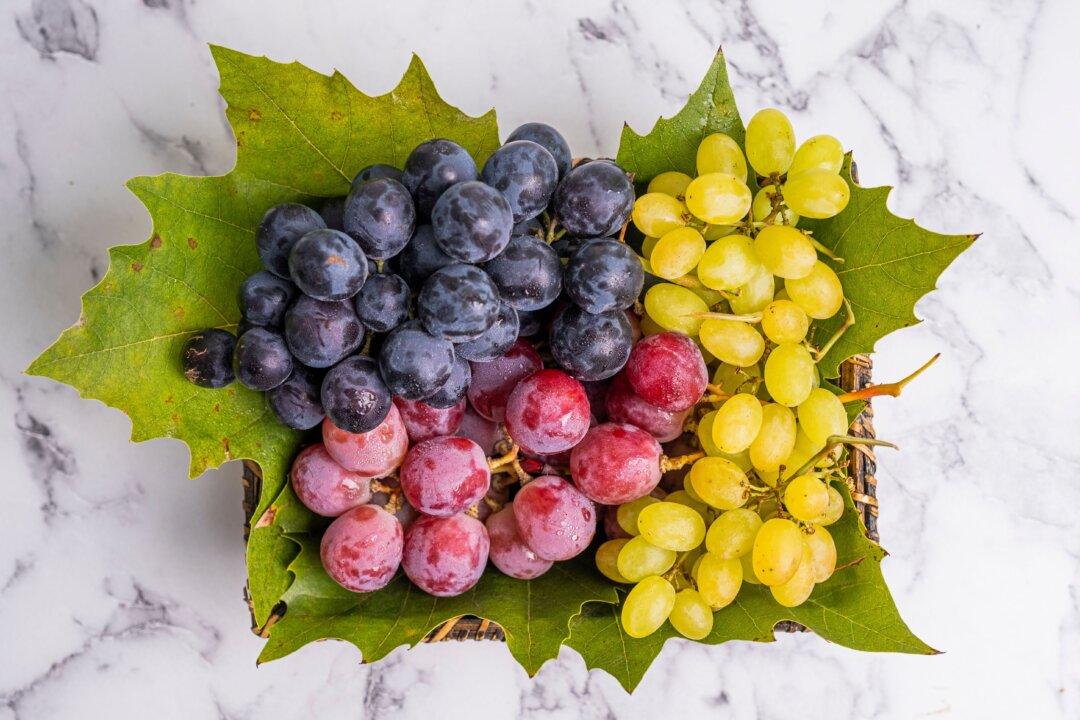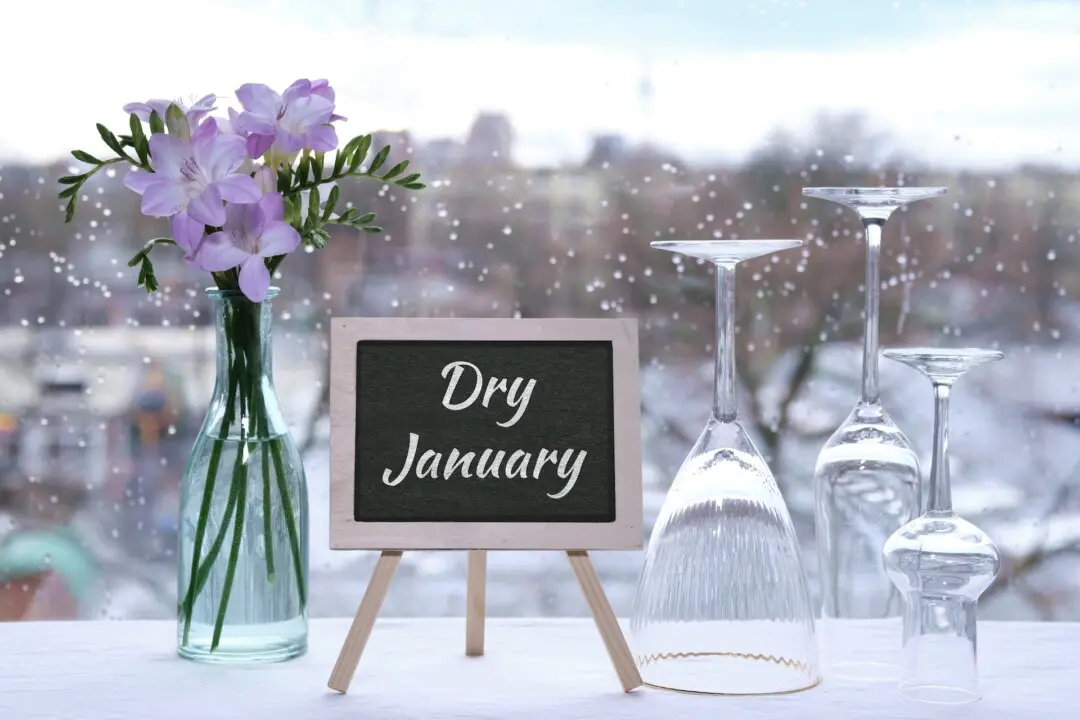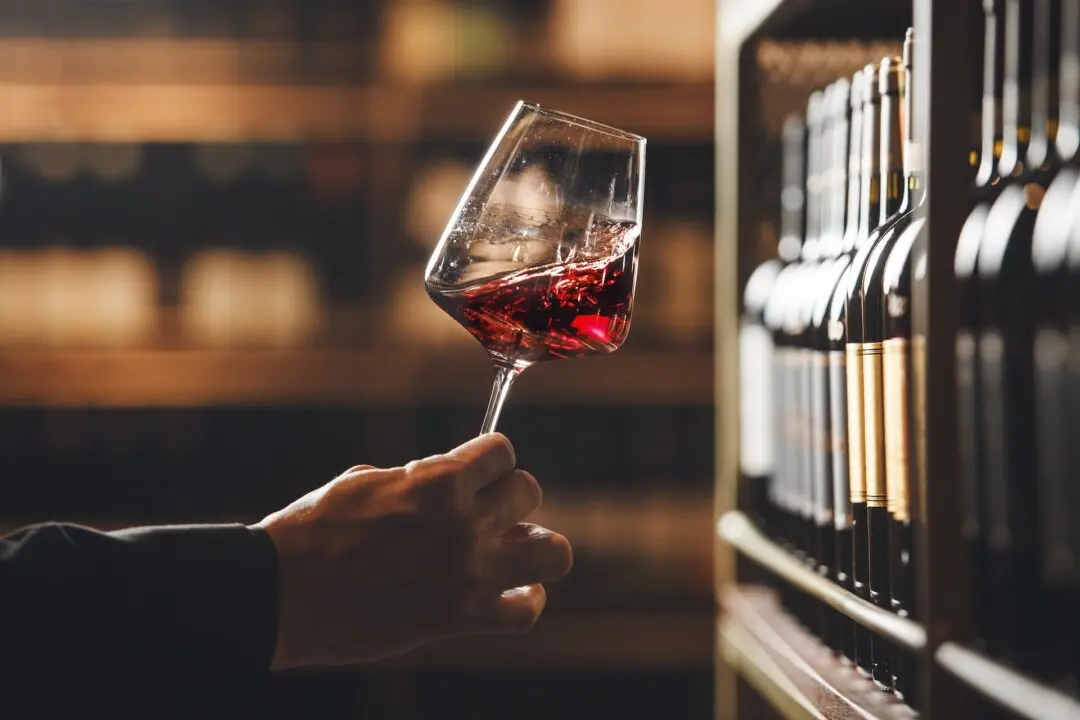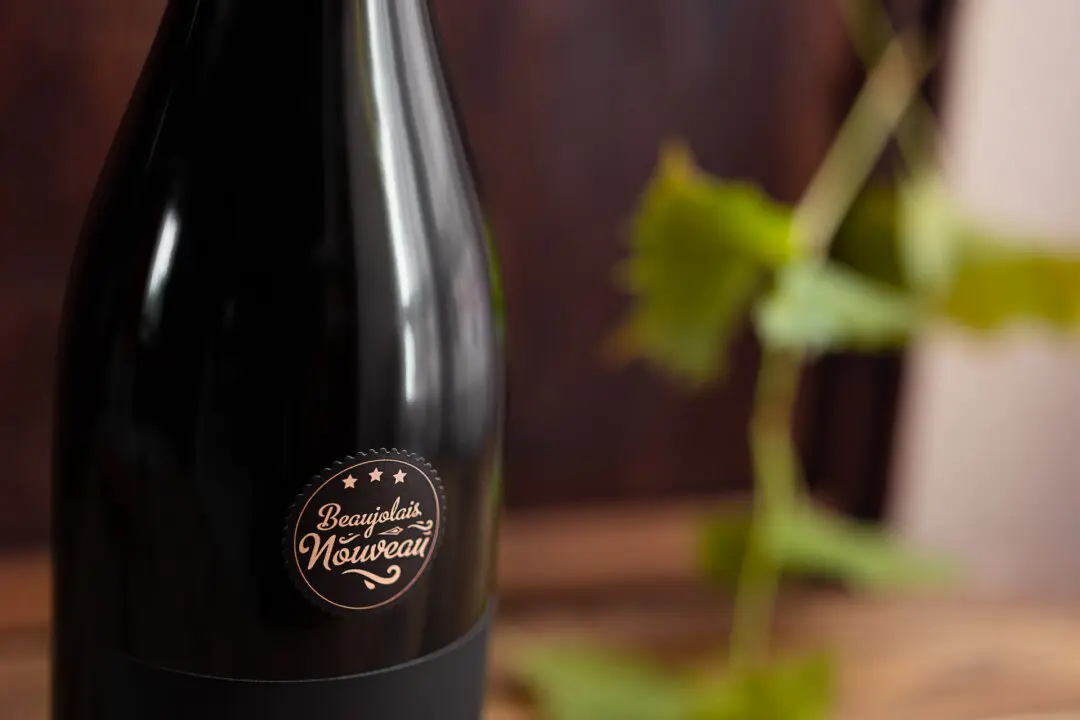In the last two decades, no one has done more instant adjusting to life’s meteorological vicissitudes than a California winemaker.
Erratic weather events, including climate change, have altered normal winemaking strategies and an early harvest this year compressed everything absurdly.





